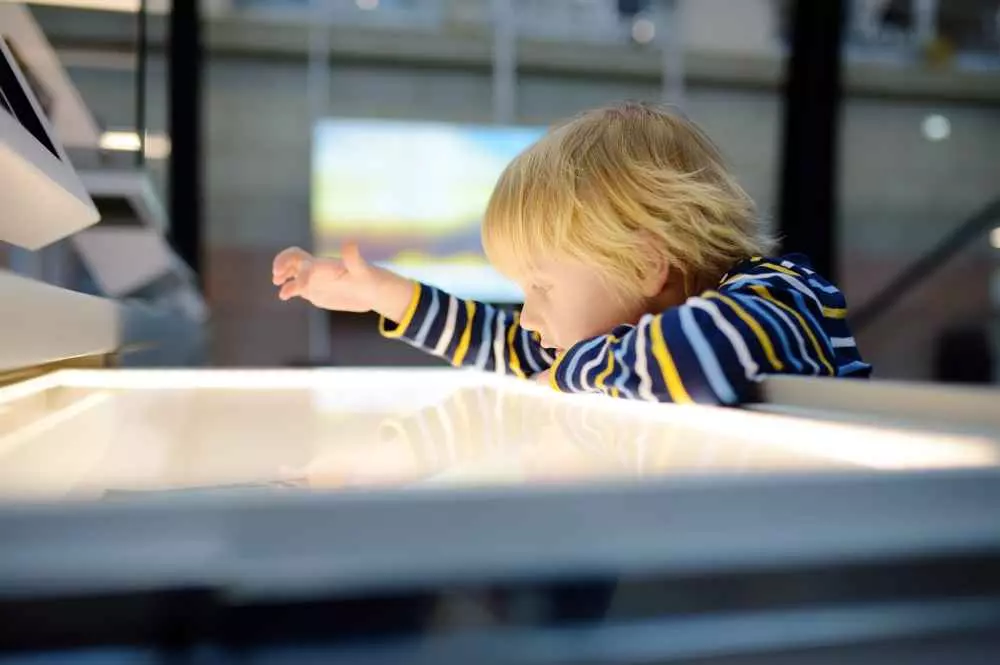Interactivity in Museums: New Opportunities for Users
Introduction to Interactivity in Museums
Nowadays, the museum experience is no longer limited to the traditional tour. Thanks to advances in technology, museums are becoming increasingly interactive, allowing visitors to actively participate in exhibitions. This change not only attracts new audiences, but also makes education and fun go hand in hand.
Examples of Interactive Solutions
Around the world, museums are introducing innovative solutions that engage visitors in unique ways. Interactive displays, virtual reality and mobile apps are just some of the tools that are changing the way people experience art and history.

Virtual reality allows visitors to be transported to distant places and eras. Whether it's reconstructing ancient civilizations or allowing people to interact with works of art, VR is becoming an invaluable tool for showing museums from a whole new perspective.
Benefits of Interactivity for Users
Interactivity in museums brings many benefits to visitors. First, engaging experiences are more memorable, leading to better understanding and assimilation of the information presented. Instead of passively listening to a guide, users have the opportunity to actively participate in discovering history and art.
Secondly, interactive elements can adapt to individual visitors' needs. As a result, everyone can explore the exhibitions at their own pace, which is extremely important for people with different learning preferences. For many, the ability to be active is crucial to learning.
Technologies changing the face of museums
The rise of digital technologies has led to the development of a number of apps and platforms that support interactivity in museums. Mobile apps allow visitors to use interactive maps, guides, and additional video or audio content. The integration of 360-degree photos and videos opens up new possibilities that can attract younger generations.
Examples of Museum Successes
Some museums have become models for interactivity. The Natural History Museum in London, for example, has implemented systems that allow for mobile apps that are enhanced with additional content tailored to selected exhibits. These solutions make interacting with monumental exhibits even more fascinating.
Another example is the Museum of Contemporary Art in San Francisco, which uses augmented reality technology to present artworks. Visitors can install an app on their mobile device, allowing them to gain an even deeper understanding and experiment with the works on display.
The Future of Interactivity in Museums
What does the future of interactivity in museums look like? As technology continues to evolve, you can expect innovative solutions to become more commonplace. The ability to use artificial intelligence, or the automation of tour processes are just some of the directions that are sure to develop.
It is also worth noting that many museums are beginning to think about sustainability and environmental impact, introducing interactive solutions that are planet-friendly. In this way, museums can attract customers who are environmentally conscious and are looking for places that align with their values.
Summary
Interactivity in museums is, unfortunately, not just a fashionable trend, but also an inevitable change in the way people view art and history. Thanks to new technologies, museums are able to attract more and more visitors, meeting their needs for education and entertainment. The use of augmented reality technology, virtual reality and mobile applications play a key role in this process.
As museums evolve, we can expect them not only to be a place to encounter the past, but also to become a space for creative self-expression, freedom and creativity for future generations. A holistic approach to interactivity in museums will certainly contribute to their resubstantiation and their continued development.

Add comment